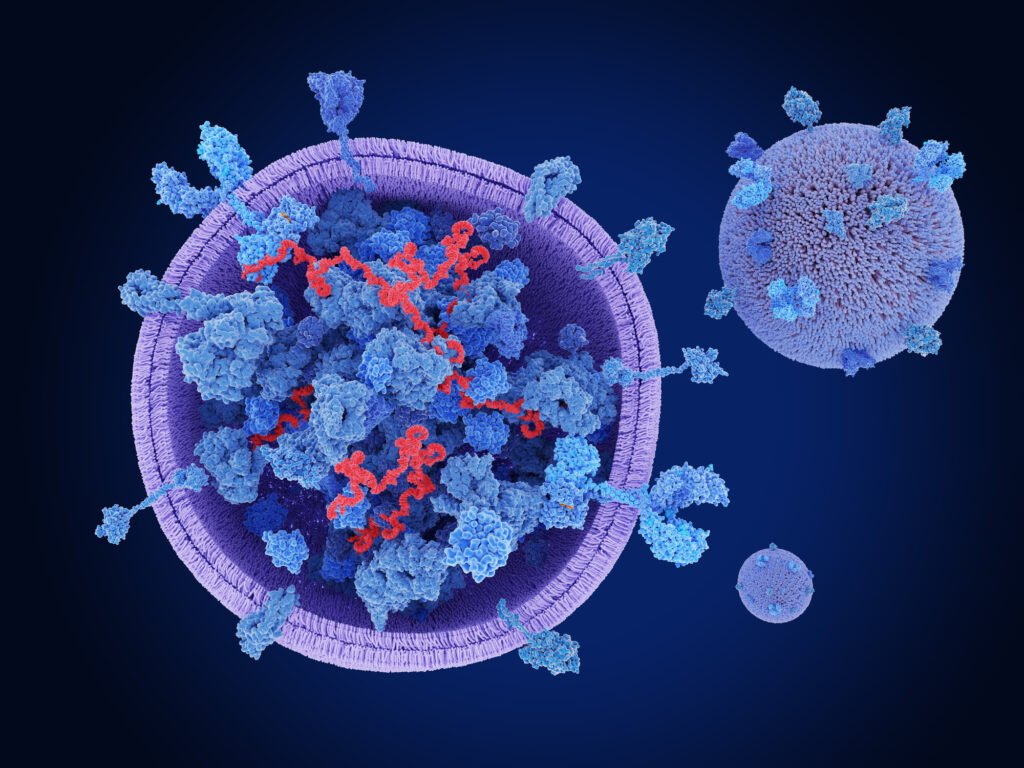In the ever-evolving landscape of osteoarthritis treatment, recent research has shed light on the potential efficacy of Jintiange capsules (JTGs). A team of researchers, including Chen Zhongying, Zhang Xue, Zhang Xiaofei, Zou Junbo, Yuan Puwei, and Shi Yajun, set out to explore the mechanisms behind JTGs’ therapeutic effects by investigating the role of synovial mesenchymal stem cell exosomes (SMSC-Exos) and articular chondrocytes (ACs) through transcriptome sequencing (RNA-seq).
Osteoarthritis (OA) is a degenerative joint disease that affects millions worldwide, leading to pain, stiffness, and a reduced quality of life. Traditional treatments often focus on pain management and inflammation reduction, but they do not address the underlying causes of cartilage degeneration. This is where innovative therapies like JTGs come into play.
The objective of the study was to corroborate the efficacy of JTGs in treating OA while delving into the molecular mechanisms that may underlie their effectiveness. The researchers used RNA sequencing to analyze the transcriptomic changes in SMSC-Exos and ACs. This cutting-edge technique allows for a comprehensive understanding of gene expression patterns and cellular responses in the context of OA.
By examining how SMSC-Exos interact with ACs, the study aimed to uncover potential pathways through which JTGs exert their effects. Exosomes, small extracellular vesicles, play a crucial role in intercellular communication and have been shown to carry bioactive molecules that can influence various cellular processes, including inflammation and tissue repair. Understanding these interactions could pave the way for more targeted and effective treatments for OA.
The findings from this research could have significant implications for future therapeutic strategies. If the efficacy of JTGs is confirmed and the underlying mechanisms are elucidated, it may lead to the development of new, more effective treatments for OA, potentially improving the quality of life for countless individuals suffering from this debilitating condition.
In conclusion, the study conducted by Chen Zhongying and colleagues represents a promising step forward in the quest for effective osteoarthritis treatments. By focusing on the intricate relationships between synovial mesenchymal stem cell exosomes and articular chondrocytes, this research could unlock new avenues for therapeutic interventions, providing hope for those affected by OA. As the scientific community continues to explore the potential of natural compounds like JTGs, we may be on the brink of a breakthrough in osteoarthritis management.


